Let’s get this over with up front: I do not have the bank account nor the time to understand Burgundy.
Don’t get me wrong, I badly want to advance my learning of this region’s complex cast of characters, its array of moods and personalities, and its thick and profound histories. I just can’t. Not right now. Not when I’m an industry outsider who reads and writes about wine in addition to being a father of young children, and a small-business owner trying to keep things afloat. When I do have the time to go deeper with wine, I dive into Piedmont because I’ve been there and I’ve met its winemakers and I can fathom its landscape in my mind on a moment’s notice.
And yet Burgundy keeps calling.
And not just because the Cote d’Or is universally regarded as the world’s most prized piece of viticultural land. It keeps calling me because — despite its reliance on only two grapes — its possibilities seem limitless.
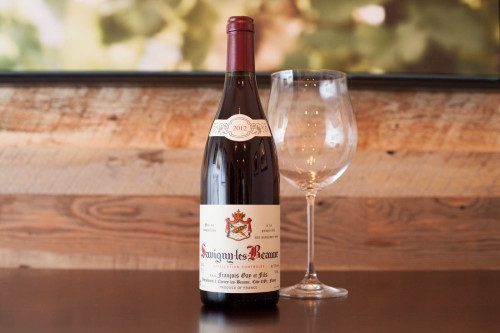
Case in point, this bottle: a red Burgundy village wine from Savigny-les-Beaune.
Now, I’ve talked myself out of buying Burgundy village wines on more occasions than I can count. Running between $25 and $50, they aren’t cheap, and yet they are the area’s third-tier wines, a step below Premier Cru (or 1er Cru) and Grand Cru. In the past, I have convinced myself that it must be like spending money on low-grade diamonds. If you are going to buy a diamond, I mean, buy a diamond.
But after a few glasses of this Savigny-les-Beaune (which I did convince myself to buy for $29), that analogy seemed dead wrong. Because Burgundy village wines — at least this one, and another that I had recently at a restaurant — don’t come across as third-tier wine.
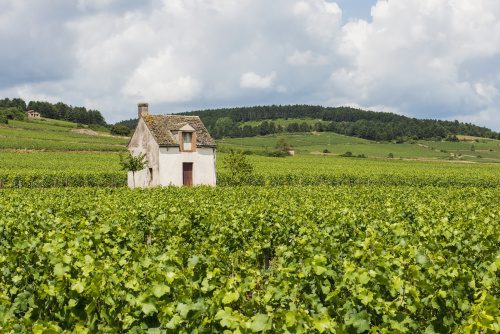
Hailing from vineyards grown on the lower slopes between the city of Beaune and the legendary hill known as Corton — which is draped with Grand Cru vineyards, both red and white — this Pinot Noir offered some appealing hard edges. There was an oaky swagger, a gruff note of leather, and a robustness that was somewhat feverish in its intensity, especially for a light-bodied Pinot Noir. In fact, its personality was like a Chianti Classico, if it had left home without its tannins. The wine would have been right at home in an old castle, served at the end of a long, chunky banquet table while an empty suit of armor looking on.
Yet, as hard as these edges may seem, the wine’s fruit seemed succulent and rich. Over the whole evening — and a few, slowly consumed glasses — the wine never fatigued. The balance between these two elements — hard and soft — kept it interesting.
Which comes back to Burgundy as a whole, and its seemingly limitless possibilities for exploration, even without spending Grand Cru sums of money. As common as Pinot Noir and Chardonnay are in our society, the few bottles of red and white Burgundy I have had seem wholly apart. The Pinot Noir is more intense, more savory, more earthy and stony. The Chardonnay: more graceful, more precise, more subtle.
It’s just too bad that the price point is so high. It might not stop me from learning and understanding Burgundy, but it will certainly slow me down. Kind of like getting a 5-year MBA instead of one in six months.
2012 Francois Gay et Fils Savigny-les-Beaune
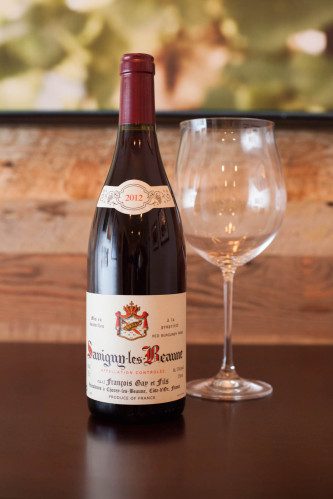 Savigny-les-Buene AOC, France
Savigny-les-Buene AOC, France
Grapes: Pinot Noir (100%)
Alcohol: 13%
Ratings: ★★★★ 1/2 (out of five)
Aromas, Flavors & Structure: ★★★★ 1/2
Food Friendliness: ★★★★
Value: ★★★
Tasting notes: A wine with a split personality that somehow, isn’t constantly in conflict with itself. Hard edges of oak and leather on the nose are mingled with hints of rich black and red berries. On the palate, it recalls currants and juicy blackberries, a trace of playful red licorice, and perhaps a touch of granite-like stoniness on the finish.
Recommended for: A first taste of Burgundy village wines, as its not overly expensive, and shows a lot of the defining characteristics of what separates Burgundian Pinot Noir from the rest of the world. A great starting point. Serve with skin-on chicken and garlic mashed potatoes. Drink in the next five to 10 years.
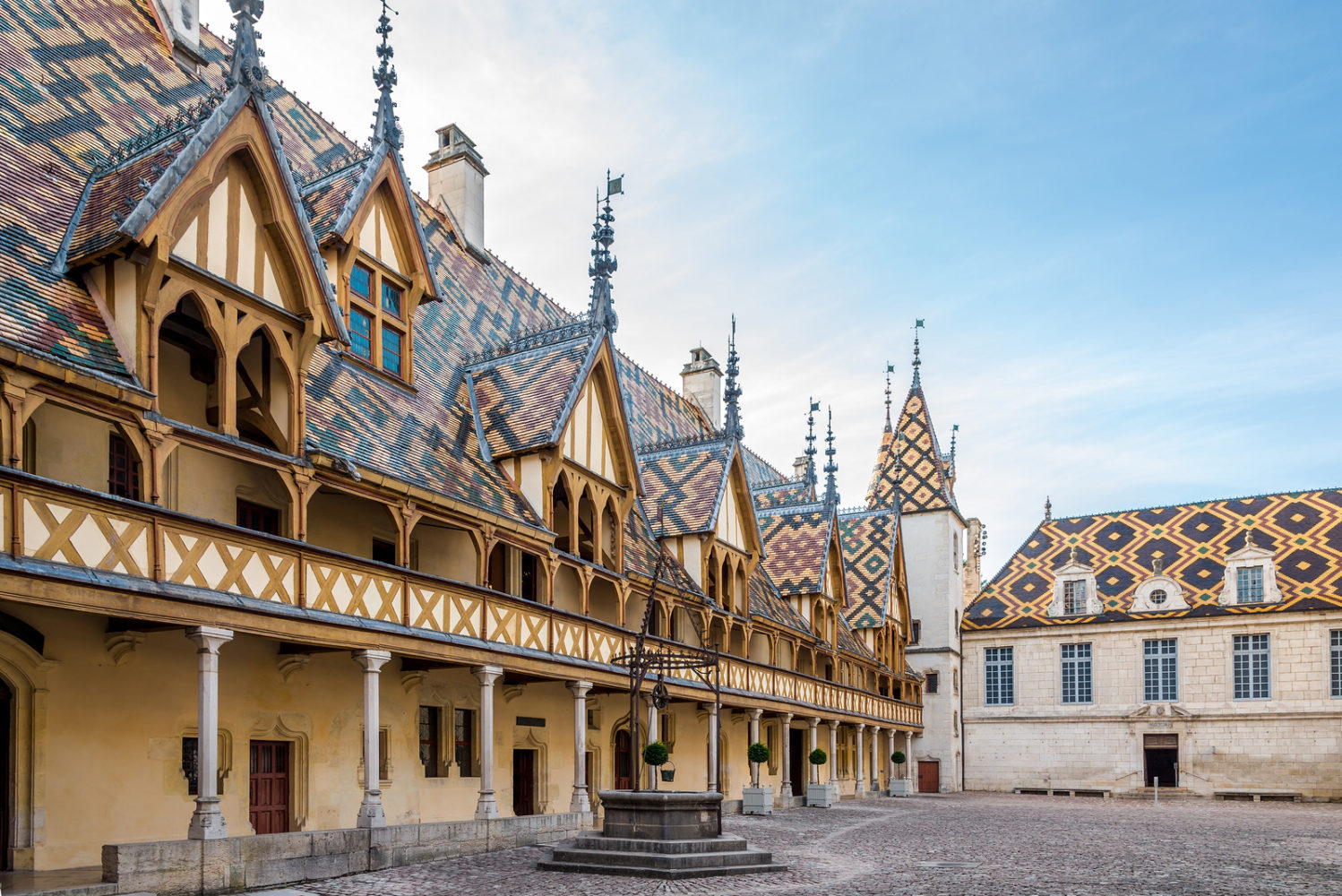
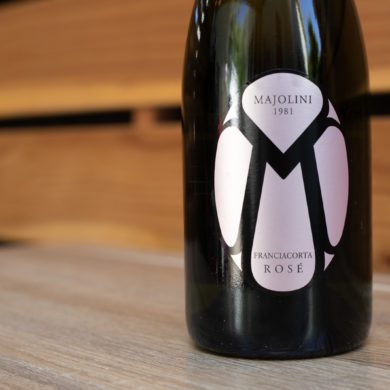
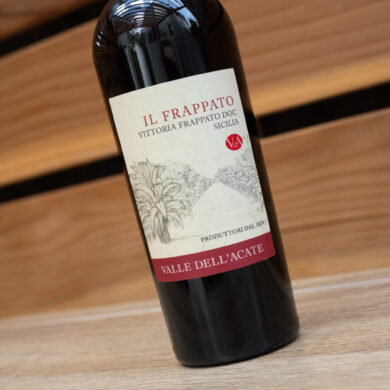
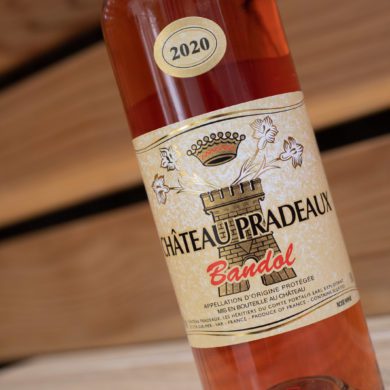
“oaky swagger, a gruff note of leather”
So well-written and fun. Really great post & glad you bought the bottle…and shared it with us!
Cheers!